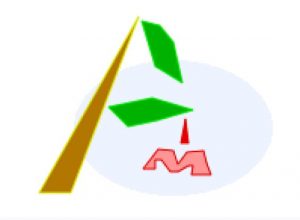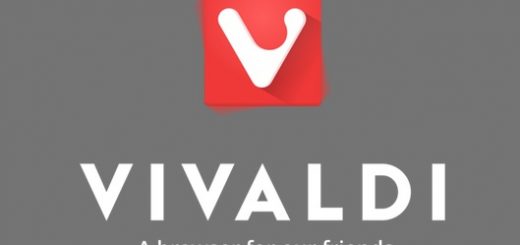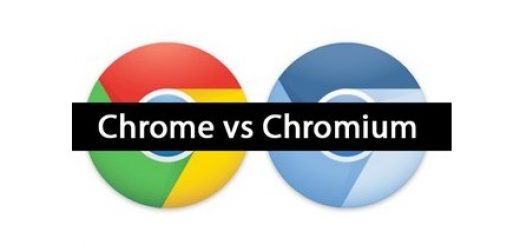Amaya HTML Editor review , features , advantages and disadvantages
Amaya software is written in 32-bit C , It is a light-weight , free , open source HTML ( Hypertext Markup Language ) editor & browser from W3C , It is available for Linux , Windows ( NT and 95 ) , MacOS X , Unix platforms , AmigaOS , SPARC / Solaris & AIX , It is both a WYSIWYG ( What You See Is What You Get ) browser & an editor .
Amaya HTML Editor features
Amaya software is an open source project hosted by W3C , You are invited to contribute in many forms ( documentation , translation , writing code , fixing bugs , porting to other platforms…) , Its application was jointly developed by W3C and WAM project ( Web , Adaptation and Multimedia ) at INRIA .
It is a superb web editor that used to create & update the documents directly on the Web , Browsing features are integrated with the editing & remote access features in a uniform environment , so , The Web is a space for collaboration & not just a one-way publishing medium , Amaya editor was formerly called Tamaya , Tamaya is the name of the type of tree represented in the logo , The developers chose to drop the first letter to make it “Amaya”.
Amaya is based on Grif , It is developed & sold by French software company Grif SA , It is designed as a structured text editor ( predating SGML ) & later as an HTML and Cascading Style Sheets (CSS) editor , It was expanded to contain XML-based capabilities such as XHTML , MathML and Scalable Vector Graphics (SVG) , If you want to manage your MySQL or PostgreSQL database , you can install a database GUI – NAVICAT .
It is a discontinued free & open source WYSIWYG web authoring tool with browsing abilities , It was created by a structured editor project at the INRIA & later adopted by the World Wide Web Consortium (W3C) as their testbed for web standards and it supports the RDF annotation schema using XPointer .
Amaya comes with low system requirements , even in comparison with the other web browsers from the era of its active development period , so , it has been considered a lightweight browser , Amaya maintains a consistent internal document model adhering to the DTD , It is a complete web browsing & authoring environment , It lets the users both browse & author Web pages .
Amaya has access keys , It offers caret navigation , It includes page zooming , It comes with Password management , It contains Spell checking , It has transport protocols , It supports CSS , MathML , SVG , RDF & Xpointer , It displays free & open image formats such as PNG & SVG , as well as a subset of SVG animation .
By using Amaya you can create the web pages & upload them onto the server , The authors can create the document from scratch , They can browse the web & find the information they need , They can copy & paste it to their pages and they can create the links to the other Web sites .
It represents the document internally in a structured way consistent with the Document Type Definition (DTD) , A properly structured document enables the other tools to process the data safely , It helps to display the document structure at the same time as the formatted view , which is portrayed diagrammatically on the screen .
Amaya editor can work on many documents at the time , Many (X)HTML , native MathML (.mml) & SVG (.svg) documents can be displayed and edited at a time , It can help the authors create the hypertext links , It brings a collaborative annotation application , where the annotations are the external comments , notes , remarks that can be attached to any web document or a selected part of the document .
It helps you create & text out the links to the other documents on the Web from the document you currently working on , You can view the links , You can get a feel for how the information is interconnected , This superb feature is not limited to HTML anchors , With XLink , any MathML and SVG element can be a link too .
Along the top are a number of buttons associated with browsing , The panel at the right proposes a set of editing tools , So , the user can select any part of a document and assign to it an HTML type , by means of the XHTML palette , or of the shortcut buttons , like the command transforms the selected part into the element of the chosen type .
Amaya takes the benefit of the most advanced features of HTTP , as the content negotiation to retrieve the most appropriate picture format , It can keep alive the connections to save the bandwidth & authentication to allow secure remote publishing , It can access the remote sites by means of HTTP/1.1 , Implementation of this protocol is provided by the W3C libwww .
Amaya supports the W3C style sheet language CSS , although this is not yet complete , For a large set of properties like foreground color , background color , background image , alignment , etc , The user can interact on the formatted document by using style specific tools , So , it’s not necessary to well know about the CSS syntax .
Amaya editor presents an efficient mechanism to test & associate external style sheets with HTML documents , The users can use Amaya to download , edit and publish CSS style sheets as well as HTML pages .
It supports MathML presentation markup which is the screen shot of Amaya’s Math , It enables you to browse & edit the Web pages containing mathematical expressions , Like the rest of the document , these expressions are manipulated through specific editing tools proposed in the Amaya panel ( palettes of constructors and special characters ) .
If the character string is typed in a MathML element , Amaya browser parses the string & automatically generates the elements , mo (operator) , mn (number) & mi (identifier) , Amaya editor uses the namespaces to integrate MathML expressions within XHTML documents , i.e. HTML documents written in XML syntax , This mechanism is used to mix graphics in SVG and mathematics in MathML within XHTML documents .
It has a subset of Scalable Vector Graphics (SVG) format , namely basic shapes , text , images and foreign-object (the latter is useful to include HTML fragments or MathML expressions in drawings) , Alpha transparency , transformations & animations are supported and SVG source can be inspected and manipulated at any time .
Amaya is W3C’s Editor , It has a SVG editor ( for a subset of the language ) , You can display & partially edit XML documents , It’s an internationalized application , It contains a user interface with contextual menus , a customizable set of menus , tools & predefined themes .
The snapshot contains a security fix for a problem with the libwww as the user password could be sent in the clear through https , This problem concerns only people who use the PUT capability of Amaya over SSL .
Amaya disadvantages
Amaya browser offers main problems with rendering artifacts that disappear on refresh , It is not good enough at rendering this site to put it on the recommended browsers list , It crashes rendering the Java Glossary home page , it seems to always be in edit mode , even when you browse the web .
Amaya HTML Editor does not render icon-style bullets on lists , If you viewed this page with Amaya , you would see white space to the left of this line instead of a red minus sign ( red minus bullet ) , It does not have Java Applets , It does not appear to have any sort of source code .
It contains the code cleanup to transform older HTML to more modern though , When you insert the code in <dd>…</dd> it improperly breaks the <dd> block in two , It freezes without apparent reason , then thaws and starts working again .




